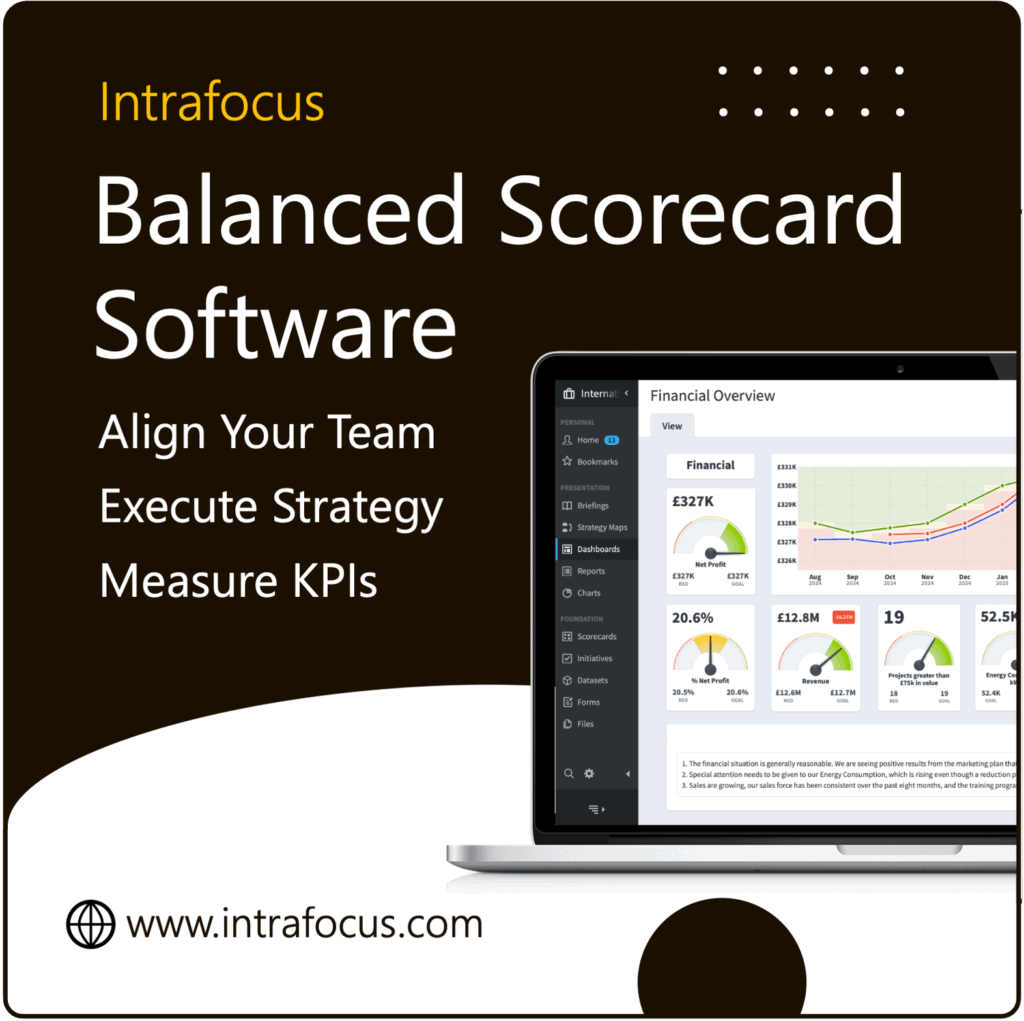The Gap Between Vision and Action
Strategies don’t die from bad ideas — they die from neglect. Vision without execution is just wishful thinking. Many organisations are good at defining what they want to achieve, but the real challenge lies in moving from high-level goals to practical action.
That is where initiatives come in. Initiatives are the projects and programmes that turn strategic intent into tangible results. Without them, strategy remains stuck in theory.
Why Initiatives Matter in Strategy Execution
Think of strategy as the destination and initiatives as the vehicle that gets you there. Without initiatives, even the most inspiring vision is little more than a statement of intent.
Initiatives are designed to create change. They are targeted efforts that address specific strategic objectives. For example, if an organisation wants to “improve customer experience,” an initiative might be “launch a new customer feedback platform.” While business-as-usual work keeps the organisation running, initiatives are about moving it forward.
The importance of initiatives becomes clear when you look at execution risk. Studies consistently show that most strategies fail not at the planning stage, but during implementation. According to Harvard Business Review, companies often deliver only 60% of the financial performance expected from their strategies. Initiatives reduce risk by providing structure, ownership, and measurable progress.
Related: Balanced Scorecard software from Intrafocus — the official EMEA supplier of Spider Impact.
Turning Goals into Targeted Action
Not every project deserves to be called a strategic initiative. For an initiative to be meaningful, it must link directly to a defined strategic objective. This ensures that every ounce of effort and investment is working toward a clear outcome.
Consider these examples:
- Objective: Reduce operational costs by 15%
Initiative: Implement process automation in core functions - Objective: Expand into new markets
Initiative: Establish a local partner network in Southeast Asia
The connection between objective and initiative should be obvious, not forced. When the link is weak, projects may appear busy but fail to move the organisation forward.
By focusing only on initiatives that map clearly to objectives, leaders create a portfolio of projects that:
- Strengthen strategic alignment
- Direct resources toward the most important goals
- Provide clarity for teams about why the work matters
- Deliver visible progress that builds organisational confidence
This disciplined approach ensures initiatives are more than just activity, they become targeted action that drives measurable results.
Setting the Right Criteria for Meaningful Initiatives
Once an initiative has been linked to a strategic objective, it’s time to test whether it is worth pursuing. Meaningful initiatives are not simply good ideas; they are carefully chosen projects that meet specific criteria.
The first criterion is clarity. An initiative should leave no doubt about what it is trying to achieve. The SMART approach (Specific, Measurable, Achievable, Relevant, and Time-bound) provides a useful baseline. For example, “develop a new digital training platform within 12 months” is far stronger than “improve staff training.”
Next, strategic alignment. An initiative must clearly advance one or more of the organisation’s agreed-upon priorities. If it cannot be tied to a strategic objective, it is unlikely to deliver long-term value.
The third? Feasibility. Ambition is important, but so are resources. Organisations should consider whether the initiative can realistically be delivered with the people, budget, and time available.
Finally, ownership matters. Every initiative should have a clear sponsor and an accountable owner. Without this, responsibility can become blurred and momentum easily lost.
AI can be a useful partner here when looking at the gap between vision and action. Data-driven tools can help test feasibility, model resource requirements, and even suggest alternative approaches. For example, predictive models can highlight customer needs or operational inefficiencies that an initiative could address, helping leaders focus effort where it will have the greatest impact.
Choosing What Matters Most: Prioritising Initiatives
In almost every organisation, there are more potential initiatives than resources to deliver them. That makes prioritisation essential.
A useful starting point is to weigh initiatives against two dimensions: effort and impact. A low-effort, high-impact initiative should be given priority, while high-effort, low-impact work may be better deferred or discarded. A simple matrix can help leaders visualise the balance and make informed choices.
Another approach is cost-benefit analysis, particularly for initiatives with significant financial implications. This allows decision-makers to balance potential returns against the required investment. Strategic weighting is also valuable, giving greater emphasis to initiatives that advance the most critical objectives.
The Project Management Institute highlights that good strategies often fail when leaders do not focus on the right initiatives or allocate resources effectively. The key is to make prioritisation transparent and consistent. When people understand why certain initiatives are selected, they are more likely to buy into the strategy.
AI is starting to play a role here as well. Tools can process large volumes of data to highlight where investment is likely to produce the strongest results. By analysing patterns and forecasting outcomes, AI helps leaders refine their priorities with evidence rather than intuition alone.
Measuring Success: Keeping Initiatives on Track
Success must be defined and tracked from the outset if it is to drive results. The Balanced Scorecard provides a clear framework for this.
Each initiative should contribute to one or more perspectives:
- Financial
- Customer
- Internal Process
- Organisational Capacity
By linking initiatives to these perspectives, organisations can see whether the project is progressing and how it supports broader strategic outcomes.
KPIs should be defined at the start of each initiative. These should reflect outputs (what is delivered) and outcomes (the impact achieved). For instance, a training initiative might measure the number of courses delivered, but more importantly, it should track improvements in staff capability and performance.
When initiatives are measured consistently and transparently, they build credibility. People can see that strategy is not just talk, but action with tangible results.
Embedding Initiatives into Daily Operations
Even the best-designed initiatives will fail if they remain separate from the organisation’s day-to-day work. Success comes when initiatives are embedded into the operating rhythm of the business.
To achieve this, leaders should:
- Make initiatives visible: progress should be easy to track and share.
- Schedule regular reviews: build structured check-ins into leadership and team meetings.
- Integrate into performance management: link initiative progress to personal and departmental goals.
- Maintain clear accountability: assign sponsors and owners who are responsible for delivery.
Tools like Spider Impact allow organisations to assign initiative ownership, track progress through real-time dashboards, and send alerts when milestones are missed. By embedding initiatives into both process and technology, organisations increase the likelihood that strategic projects will deliver lasting results. Closing the gap between vision and action
Staying Focused: Avoiding Distractions
When it comes to initiatives, less is often more. Organisations that try to take on too many projects at once risk spreading themselves too thin. The result is slow progress and diluted impact. Focused investment in a smaller number of well-chosen initiatives almost always delivers better outcomes.
Another frequent challenge is weak alignment. Leaders should regularly ask: does this initiative directly support our objectives? If the answer is no, it may be time to redirect resources.
Finally, initiatives succeed when supported by strong change management. People need to understand why the initiative matters, what their role is, and how progress will be measured.
Action Is Where Strategy Comes Alive
Meaningful initiatives are the engine of strategy. They take broad goals and transform them into practical projects that deliver measurable results. By setting clear criteria, prioritising effectively, embedding initiatives into operations, and tracking outcomes, organisations can bridge the gap between vision and execution.
The Balanced Scorecard provides the structure, while the Intrafocus Seven-Step Strategic Planning Process ensures discipline. With the right tools, leaders can maintain visibility, accountability, and momentum.
If your organisation is ready to move from strategy to action, Intrafocus can help. Contact us today to discuss how we can work with you to design initiatives that deliver lasting results.
End: The Gap Between Vision and Action



